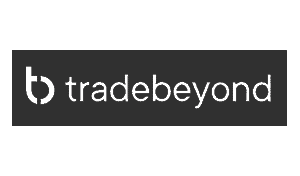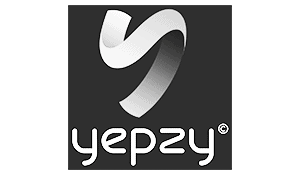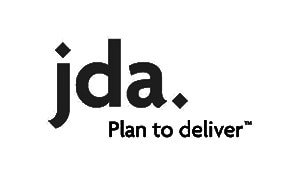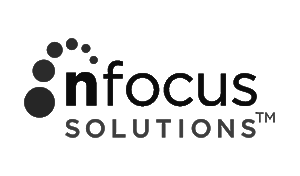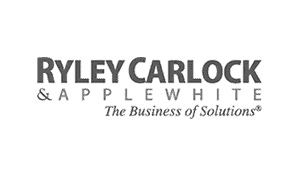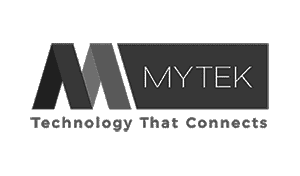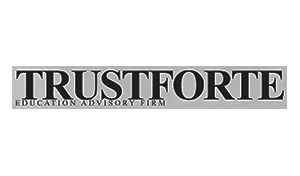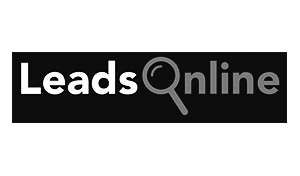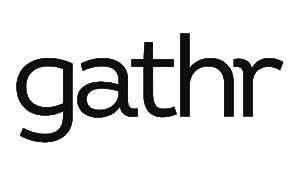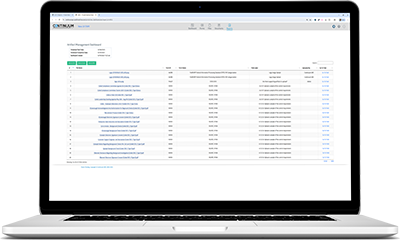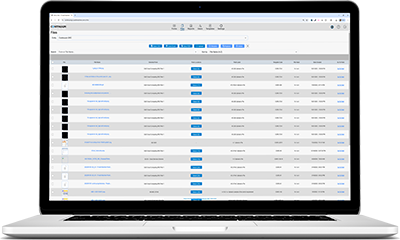When the Department of Defense released CMMC FAQs Revision 2.1 in November 2025, the update appeared modest on the surface. Four new questions were added without changing the CMMC model or the underlying regulatory framework in 32 CFR Part 170. For organizations already fatigued by years of CMMC evolution, it would be easy to dismiss these
Importantly, each of these four additions resolves an ambiguity that many contractors had been relying on to narrow the scope, defer remediation, or justify architectural shortcuts. Collectively, they close several loopholes that organizations assumed would remain open until formal enforcement began.
This article covers each of these new FAQs, the assumptions they invalidate, and how organizations should adjust their compliance strategies accordingly.






